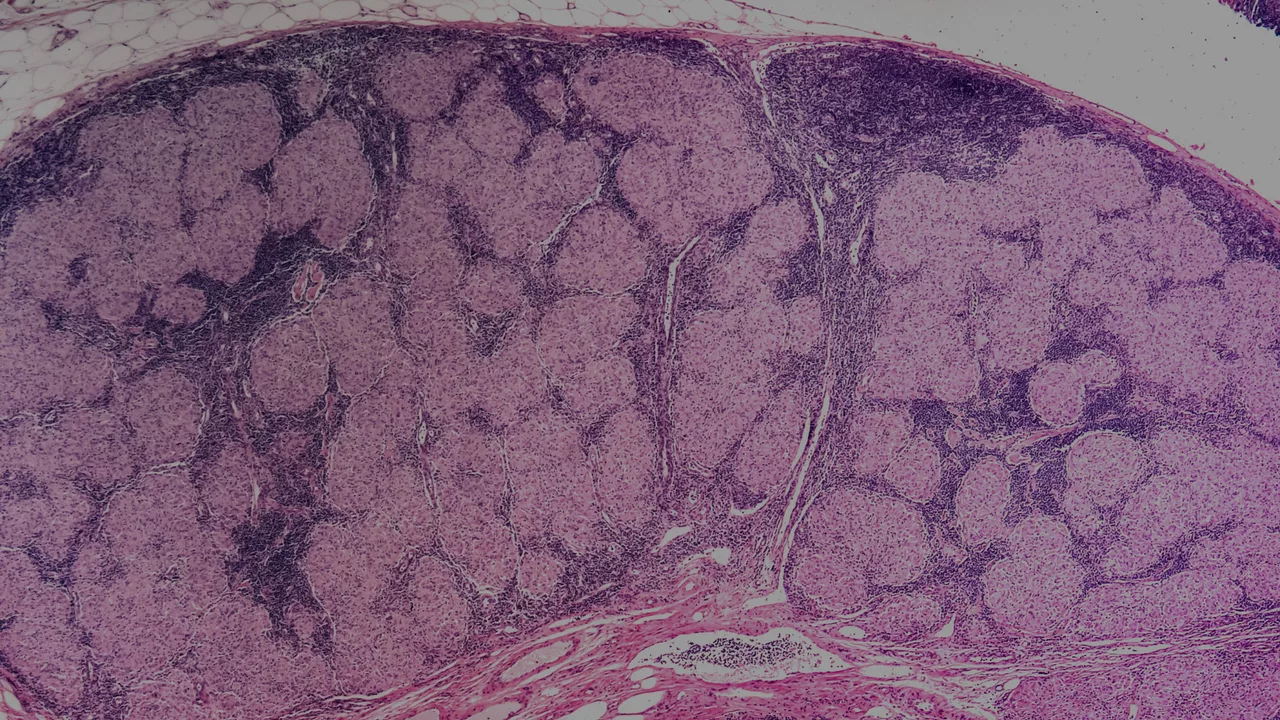Role of Atorvastatin: How It Lowers Cholesterol and Protects Your Heart
Atorvastatin is one of the most prescribed statins. It cuts bad cholesterol (LDL) and lowers your risk of heart attack and stroke. If you want to understand what it does and how to use it safely, this guide gives practical, real-world facts without the fluff.
How atorvastatin helps your heart
Atorvastatin blocks an enzyme your liver uses to make cholesterol. That leads to big drops in LDL—often 30–50% depending on dose. Clinical trials show that every 1 mmol/L (about 39 mg/dL) drop in LDL reduces major vascular events by roughly 20–25%. In plain terms: lower LDL usually means fewer heart attacks and strokes.
Beyond lowering LDL, atorvastatin calms inflammation in the artery wall and helps stabilize plaques so they’re less likely to rupture. Those extra benefits explain why doctors use it to prevent heart problems in people who already had a heart attack and in many who haven’t but have high risk.
What to expect, doses, risks, and smart tips
Common doses are 10, 20, 40, and 80 mg. Higher doses cut LDL more but raise the chance of side effects. Doctors pick intensity based on your risk: high-risk patients often need higher doses or tighter LDL targets.
Side effects to watch for are muscle aches, unusual weakness, and rare but serious muscle breakdown (rhabdomyolysis). Some people see mild liver enzyme rises. You should avoid atorvastatin if you're pregnant or planning to become pregnant.
Important interactions: atorvastatin is processed by CYP3A4. Certain antibiotics (like clarithromycin), some antifungals, HIV drugs, and even grapefruit juice can raise atorvastatin levels and increase side effects. Tell your doctor about all medicines and supplements you take.
Practical checks: get baseline liver tests and a lipid panel, then repeat lipids 6–12 weeks after starting or changing dose. After that, most people test every 6–12 months unless there’s a problem. If you get new, unexplained muscle pain or dark urine, stop the drug and call your provider.
Do this to get the most benefit: combine atorvastatin with heart-healthy habits—eat more vegetables, cut added sugars and trans fats, stay active, and quit smoking. Take your pill at the same time each day; consistency beats exact timing for most people.
Questions to ask your doctor: What LDL target should I aim for? Do I need a high-dose statin? Are there safer options given my other meds? These simple questions help your doctor tailor therapy to your needs.
Atorvastatin is a powerful tool against heart disease when used smartly. Follow monitoring advice, report side effects early, and pair the drug with lifestyle changes to get the best results.

The Role of Atorvastatin in Treating Sarcoidosis
Atorvastatin plays a significant role in managing sarcoidosis, a disease characterized by the growth of tiny clumps of inflammatory cells in different parts of the body. Studies highlight Atorvastatin's potential in reducing inflammation and improving lung function, making it a promising treatment option. It's a cholesterol-lowering drug, but it's proving to be more versatile than we initially thought. While traditional treatments are still widely used, Atorvastatin offers a new perspective in the fight against sarcoidosis. Yet, more extensive research is needed to fully understand its efficiency and potential side effects.
More Detail